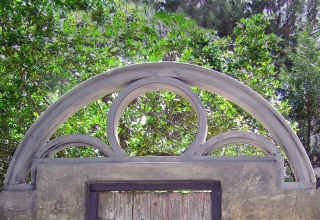
The Physician Leadership Development Program (PLDP) was sponsored by the Chief Medical Officer with an external third party contracted to deliver the three phases. Phase I, the Assessment Phase, had two parts. Part one was designed to define the program’s objectives by interviewing and coaching the Chief Medical Officer and the Chief of the Hospital Physician Program. There were two defined objectives. The first was to identify and resolve issues preventing the hospital physicians from working effectively and communicating as a healthcare team, as well as preventing physician-physician integration. The second was to develop hospital physicians as leaders serving as role-models for the entire hospital’s medical staff, and to develop a physician-leadership architecture.
The second part of phase I was an individual interview of the ten team member participants. They were asked the following four questions:
1. What does being a physician, nurse practitioner, clinic manager leader mean to you?
2. What qualities must a physician, nurse practitioner, clinic manager leader possess?
3. How does a physician, nurse practitioner, clinic manager leader lead?
4. What are the opportunities and challenges for you as a physician, nurse practitioner or clinic manager leader?
Phase II (the Team Building Phase) occurred over a two day weekend period held outside of the hospital work environment and consisted of four parts. The first part, the kickoff event took place on Friday evening over an informal cocktail hour and dinner to not only introduce the agenda for the weekend program, but also enable the participants to socialize outside the work environment. Frequently, due to the demanding work, healthcare practitioners rarely “know” their fellow workers. Additionally, healthcare teammates rarely meet face-to-face, due to the necessity of working different shifts to provide 24 hour round-the-clock patient care. For these reasons, an initial social event seemed important to the group’s members.
The following morning began the second part of Phase II where team building, peer-to-peer collaboration exercises and self-administered personality assessments in teams of two were performed. The concept of physician leadership was introduced at the conclusion of part two just before lunch. Again, it seemed important to allow the team members to get to know each other outside of their work environment, thus the lunch was held in an intimate private restaurant setting to foster conviviality.
Download Article 1K Club

















